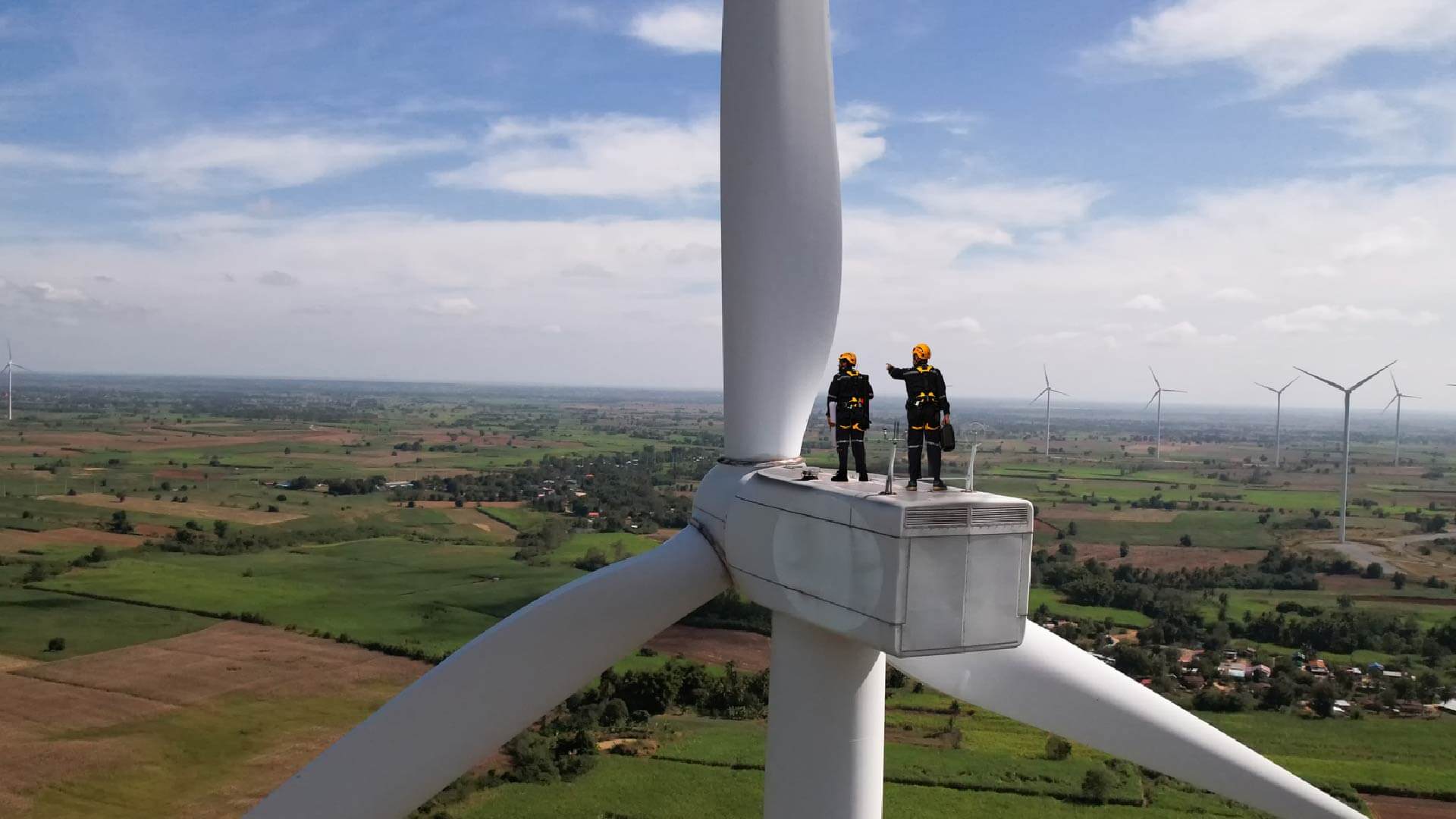Navigating A Complex And Crowded Market: Key Takeaways From The Verdantix Buyer’s Guide On Sustainability Reporting Solutions
The sustainability reporting and data management software landscape continues to evolve rapidly as firms adapt to regulatory uncertainty, rising stakeholder expectations and the need for reliable sustainability data. In the 2025 Verdantix global corporate survey (set to publish in October), more than 60% of respondents stated that they are using commercially available software for sustainability reporting and data management – and more than half of these organizations are using software from multiple vendors. This trend is creating an increasingly complex ecosystem of digital tools used to collect, analyse and report on sustainability performance.
To help buyers navigate this market, Verdantix has published the Verdantix Buyer’s Guide: Sustainability Reporting And Data Management Solutions (2025), which offers an overview of over 100 vendors in this space and in-depth profiles of 16 key providers. This analysis complements the findings in our 2025 Green Quadrant on ESG & sustainability reporting software. Here are three key takeaways:
- The idea of a ‘one size fits all’ solution is growing less practical.
As digital strategies mature, firms are increasingly pursuing solutions from multiple vendors to meet their sustainability goals. The market is diverse: providers such as Bloomberg, GIST Impact and S&P Global provide sustainability data and analytics to enhance internal data sets and support strategic decision-making, while others such as IsoMetrix, Sphera, Watershed and Wolters Kluwer provide software with a focus on performance management, strategic alignment or disclosure-specific reporting.
- Many software vendors are highlighting functionality beyond regulatory compliance.
With ongoing regulatory uncertainty in the US and EU, many firms want tools that deliver value outside of mandatory disclosures, and voluntary reporting has become a priority for vendors and businesses. For instance, at its Amplify event in September 2025, Workiva announced enhancements to its CDP reporting functionality and hosted a panel underscoring the importance of voluntary disclosures. Other vendors are similarly broadening their functionality: OneStream is offering tools that link sustainability performance to core budgeting and planning processes, while Oracle and SAP are embedding sustainability metrics across operational workflows.
- Advancements in AI are reshaping the market.
AI is fast becoming a defining feature of sustainability reporting software, and vendors are using it to surface new insights. Chatbots such as Assent’s virtual assistant and MESA COPILOT are streamlining user interactions, while C3 AI is applying machine learning to benchmark sustainability performance and support materiality assessments. Other vendors are also deploying AI-driven tools for risk monitoring, benchmarking and simplifying sustainability data management. These innovations are enabling firms to accelerate reporting cycles, enhance data accuracy and derive more actionable insights.
Amidst a crowded and complex market for solutions, buyers should expect continued vendor innovation, expanding functionality beyond compliance, and the increasing integration of AI-powered tools. For sustainability leaders, this means that careful vendor selection – aligned to both regulatory needs and broader business objectives – will be critical to delivering long-term value.
For a deeper dive into how to navigate the sustainability reporting and data management solutions market, read Verdantix Buyer’s Guide: Sustainability Reporting And Data Management Solutions (2025).
About The Author

Jessica Pransky
Principal Analyst




